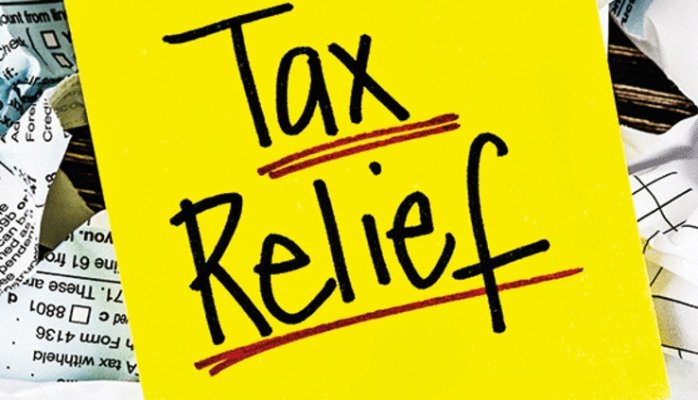IRS offers tax filing relief to Hurricane Irma victims

 The Internal Revenue Service (IRS) has announced that Hurricane Irma victims in parts of Florida and other areas have until Jan. 31, 2018, to file some individual and business tax returns and make certain tax payments.
The Internal Revenue Service (IRS) has announced that Hurricane Irma victims in parts of Florida and other areas have until Jan. 31, 2018, to file some individual and business tax returns and make certain tax payments.
The tax relief granted Tuesday by the IRS parallels the kind it gave last month to victims of Hurricane Harvey that battered Texas and other parts of the Gulf Coast. That includes an additional filing extension for taxpayers with valid extensions that run out on Oct. 16, and businesses with extensions that run out on Sept. 15.
The IRS is giving the relief to any area designated by the Federal Emergency Management Agency, as qualifying for individual assistance. Parts of Florida, Puerto Rico and the Virgin Islands are currently eligible, but taxpayers in localities added later to the disaster area, including those in other states, will automatically receive the same filing and payment relief. The latest list of eligible localities can be found on the IRS’s disaster relief web page.
The tax relief delays several tax filing and payment deadlines that happened starting on Sept. 4, 2017 in Florida and Sept. 5, 2017 in Puerto Rico and the Virgin Islands. As a result, affected individuals and businesses will get until Jan. 31, 2018, to file their tax returns and pay any taxes that originally came due during that period.
That includes both the Sept. 15, 2017 and Jan. 16, 2018 deadlines for making quarterly estimated tax payments. For individual tax filers, it also encompasses 2016 income tax returns that got a tax-filing extension until Oct. 16, 2017. The IRS pointed out, though, that because tax payments stemming from the 2016 returns originally came due on April 18, 2017, those payments aren’t eligible for this type of relief.
Several business tax deadlines are also impacted, including the Oct. 31 deadline for quarterly payroll and excise tax returns. Businesses with extensions also get more time including, among others, calendar-year partnerships whose 2016 extensions end on Sept. 15, 2017 and calendar-year tax-exempt organizations whose 2016 extensions run out Nov. 15, 2017. The disaster relief page includes details on other returns, payments and tax-related actions that are eligible for the extra time.
In addition, the IRS is waiving late-deposit penalties for federal payroll and excise tax deposits typically due during the first 15 days of the disaster period. The disaster relief page spells out the time periods applicable for each jurisdiction.
The IRS noted that it automatically provides filing and penalty relief to any taxpayer with an IRS address of record located in the disaster area. Therefore, taxpayers don’t need to contact the IRS to get the relief. If affected taxpayers, however, get a late filing or late payment penalty notice from the IRS that has an original or extended filing, payment or deposit due date happening during the postponement period, they should dial the phone number on the notice to ask the IRS to abate the penalty.
The IRS said it will work with any taxpayer who lives outside the disaster area but whose records are located in the affected area and they are needed to meet a deadline occurring during the postponement period. Taxpayers qualifying for relief who live outside the disaster area should call the IRS at 866-562-5227. That includes workers helping with relief activities who are affiliated with a recognized government or philanthropic organization.
Individuals and businesses who have suffered uninsured or unreimbursed disaster-related losses can opt to claim them on either the return for the year the loss occurred (in this case, the 2017 tax return typically filed next year), or the tax return for the previous year (2016).
We hope this information has been helpful to you. If you have further questions about this announcement, please contact your Whalen & Company representative.
Sources:
